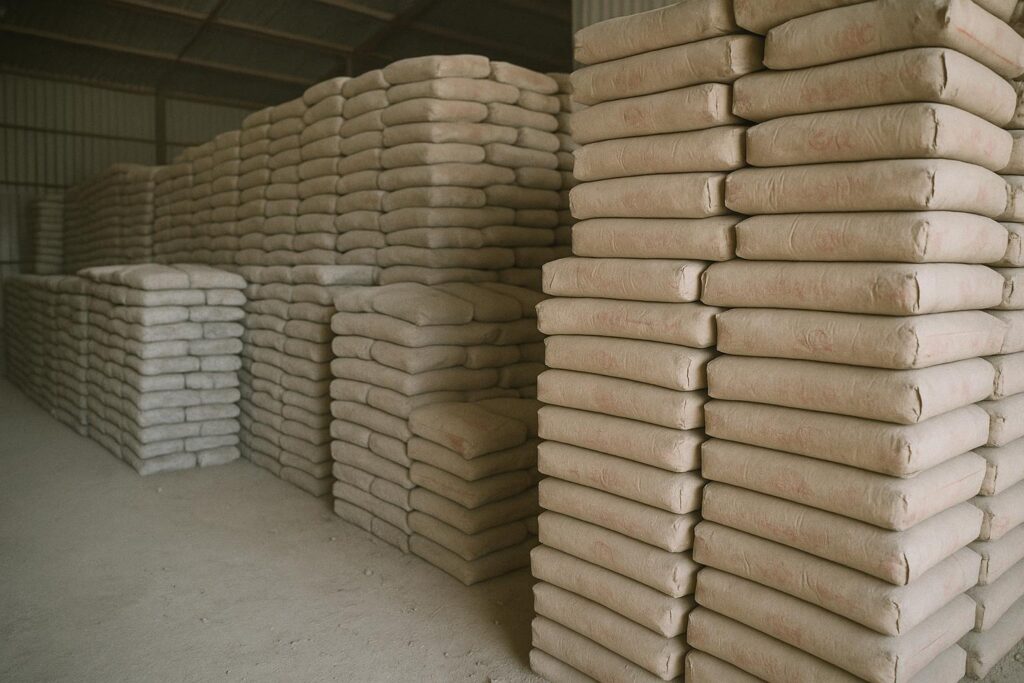Investment Sparks Juba Cement Ambitions
Malaysian firm B Smart pledged in May 2024 to inject USD 100 million into a new cement plant on the outskirts of Juba. Company executives say production could start within 24 months, pending standard approvals from national and state authorities.
Raw limestone will travel 275 kilometres from Kapoeta in Eastern Equatoria, opening a long-awaited commercial corridor between the mineral-rich east and the capital.
Population Surge Drives Domestic Demand
With the world’s fastest-growing population, South Sudan adds classrooms, clinics and houses daily. Each new wall requires cement, meaning demand rises in tandem with the birth-rate and rapid urbanisation seen in Juba, Wau and regional centres.
Economic Diversification Beyond Oil
Falling output—estimated at 60,000 barrels per day in April 2024 (S&P Global)—exposes the limits of oil dependency. A domestic cement chain would widen revenue streams, cushioning the treasury against volatile Brent prices and pipeline disruptions in neighbouring Sudan.
Analysts argue that each million tonnes of local clinker can shave several percentage points off the current account deficit, offering policymakers a tangible diversification pathway that aligns with the government’s Revitalised Peace Agreement economic blueprint.
Currency Stability and Import Substitution
The South Sudanese pound trades nervously on Juba’s parallel markets. Importers hunt scarce dollars to buy bagged cement from Mombasa. A home-grown plant would keep greenbacks in the central bank vault and reduce annual import bills exceeding USD 20 million (OEC).
Job Creation and Skills Growth
Unemployment has trended upward since independence, particularly among youth. Construction of the factory, associated quarries and haulage networks could directly employ more than 1,500 workers and spur thousands of indirect jobs in logistics, catering, security and maintenance, according to industry consultants.
Vocational institutes in Juba see an opening to expand masonry and mechanical curricula, turning short-term labour demand into long-term human-capital dividends that echo across the wider manufacturing landscape.
Lessons From Nigeria’s Cement Story
Nigeria shifted from major importer to net exporter within a decade after Dangote’s 2011 expansion. Economists cite stable policy, tariff support and aggressive reinvestment as core ingredients. South Sudan’s planners study that template, mindful of scaling it to a smaller market.
Unlocking Mining Potential in Equatoria
Geologists map large limestone seams near Kapoeta alongside gold, copper and rare earths. Officials within the Ministry of Mining argue that fast-tracking quarry licences could catalyse broader minerals investment, positioning Eastern Equatoria as a new growth pole.
Outlook for a Cement-Powered Future
Stakeholders caution that power supply, transport security and policy consistency remain vital. Yet the alignment of private capital, mineral endowment and demographic pressure offers rare momentum. If managed prudently, cement could lay the literal foundation for a more diversified South Sudanese economy.


